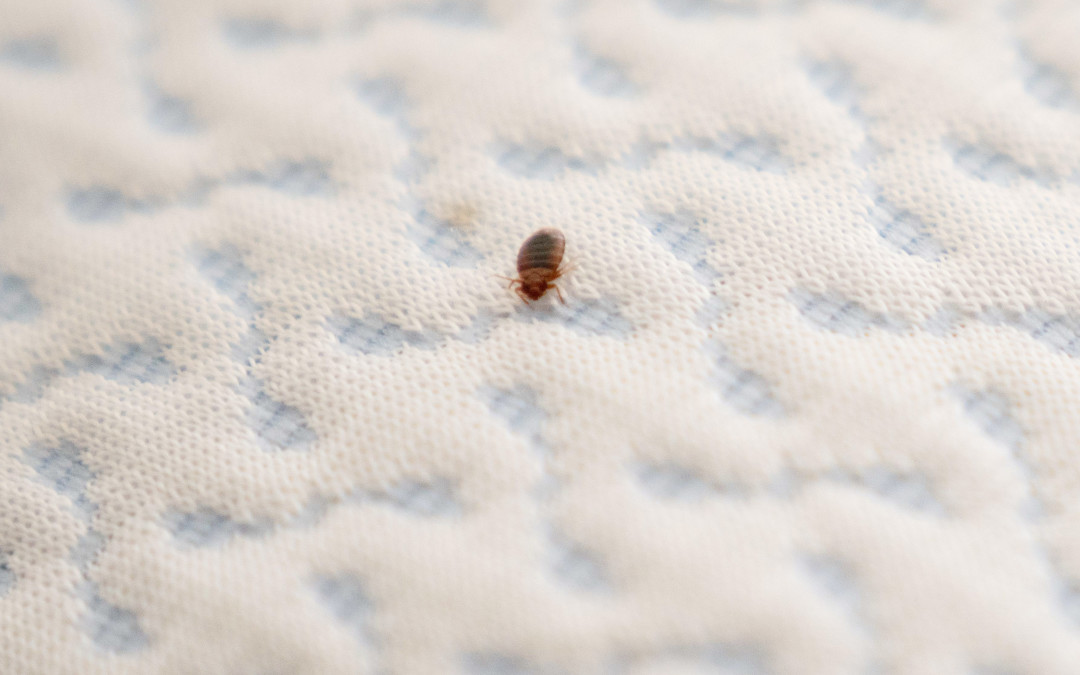During the first several decades following the establishment of the pest control industry in the US, insecticides served as the primary method of pest control, but this is no longer the case. When it became clear that the most common insect pests of homes were becoming resistant to insecticides, pest control professionals adopted a new approach to pest control. This new approach is known as integrated pest management (IPM) and it aims to prevent infestations by combining multiple non-chemical tactics. Professionals following IPM guidelines only use insecticides as a last resort, and if they become necessary, only a conservative amount of insecticide is applied within and/or around homes. For example, high-heat treatment is now the primary method of bed bug control, but a combination of high heat and a negligible amount of insecticide is often necessary to eliminate heavy bed bug infestations. Now, experts believe that the introduction of biopesticides will revolutionize the pest control industry by making synthetic chemical formulations obsolete.
According to the US Environmental Protection Agency, biopesticides are derived from natural sources like animals, plants, bacteria and minerals. Biopesticides are divided into three categories known as microbial, biochemical, and plant incorporated protectants. Microbial biopesticide products contain either bacteria, a fungus, a virus, or a protozoan as a main ingredient, biochemical products contain insect pheromones, and plant incorporated protectants contain genetic material from plants. The first biopesticide product recently became available, and it’s a microbial biopesticide that controls bed bugs with a fungus called Beauveria bassiana. This product is applied to areas within a home where bed bugs are known to gravitate, such as around bed legs, box springs, and where baseboards meet walls. When bed bugs make contact with the product, the fungal spores immediately begin growing on the bugs. The fungal spores penetrate the cuticle of bed bugs and feed on their blood, causing the fungus to grow. Within three days, the infected bed bugs begin dying, and most die within seven days. The fungus is harmless to humans, and the product remains effective for three months after application, making retreatments unnecessary in most cases.
Do you think that bed bugs will eventually become rare due to more effective control methods?

